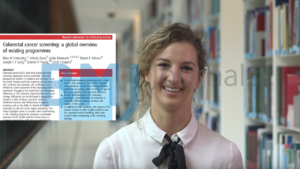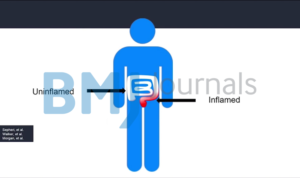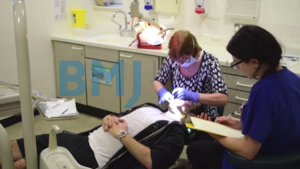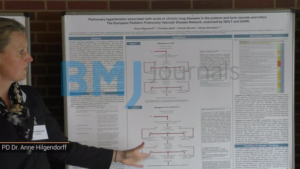Video abstracts
Solutions for different budgets
HIGH END budget (Up to 4 minutes length)
Telling a story with all the “bells and whistles”
If you have access to state-of-the-art equipment, either personally, through your university media department or have the budget to outsource a production, your video abstract should include (some of) these elements:
- Author(s) on camera
- Interesting footage and or graphics
- 3D animations
- Re-enactment of a situation to illustrate a medical procedure or consultation
- Context footage (labs, main features of the study)
- General footage of people, given medical or scientific context, etc.
EXAMPLES:
Do antidepressants increase risk of mania and bipolar disorder in people with depression?
Colorectal cancer screening: a global overview of existing programmes
MEDIUM to LOW budget (Up to 4 minutes length)
Creative storytelling with fewer video components
This might be a video with the author(s) voice over and a professional animation (no powerpoint presentations or poor quality images or graphics, please!).
Possible elements (not extensive):
- Author(s) on camera
- Interesting footage
- Graphics (with basic animations, opposed to static graphics)
- Context footage (labs, main features of the study)
- General footage of people, given medical or scientific context, etc.
EXAMPLES:
Spatial variation of colonic microbiota in patients with ulcerative colitis and control volunteers
Poor oral health including active caries in UK professional male football players
LOW budget (From 1 minute to 3 minutes length)
Technology “from your pocket” for shorter stories.
You don’t need to invest in state-of-the-art equipment to produce a creative high quality video. If you do not have the budget/time to produce what we have shown above, we welcome videos recorded with:
- smartphones/tablets (see SHOOT WITH A SMARTPHONE OR A TABLET);
- Webcam. Also possible as a video call over Skype or Google Hangout (more information on ‘How to record a Hangout’ here).
These videos should be shorter because it is more difficult to keep your viewer’s attention with amateur videos. Think of it as “the highlights of your paper in a few seconds”. The lack of video enhancement tools makes it even more important to focus on ‘the story’ as a means of capturing the attention of your audience, and keeping it until the end of your video.
This is the ideal option for a video that is planned to have only the author talking to the camera and not much else. You might use your phone and, using the DO’S AND DON’TS OF VIDEO, record a quick video yourself. Please, consider adding/overlaying other elements to your video, such as images (still or video) whenever this is possible.
EXAMPLE:
Pulmonary hypertension associated with acute/chronic lung diseases in preterm/term neonate/infants
A special attention to the sound quality is required in these cases, as most built-in microphones are not good enough in a recording. It might be worth it to use a USB desktop microphone, but any option will always require you run a few tests to check on the quality before the actual recording. Please don’t use a headset as it won’t look good on camera.
Tips:
Find out how to record with your webcam (Windows or Mac) here.
Read more details on how to record with a smartphone or a tablet here.
If you have any questions, please email multimedia.journals@bmj.com and our Journals Multimedia Editor, Leticia Amorim, will get in touch with you

 Writing and formatting
Writing and formatting